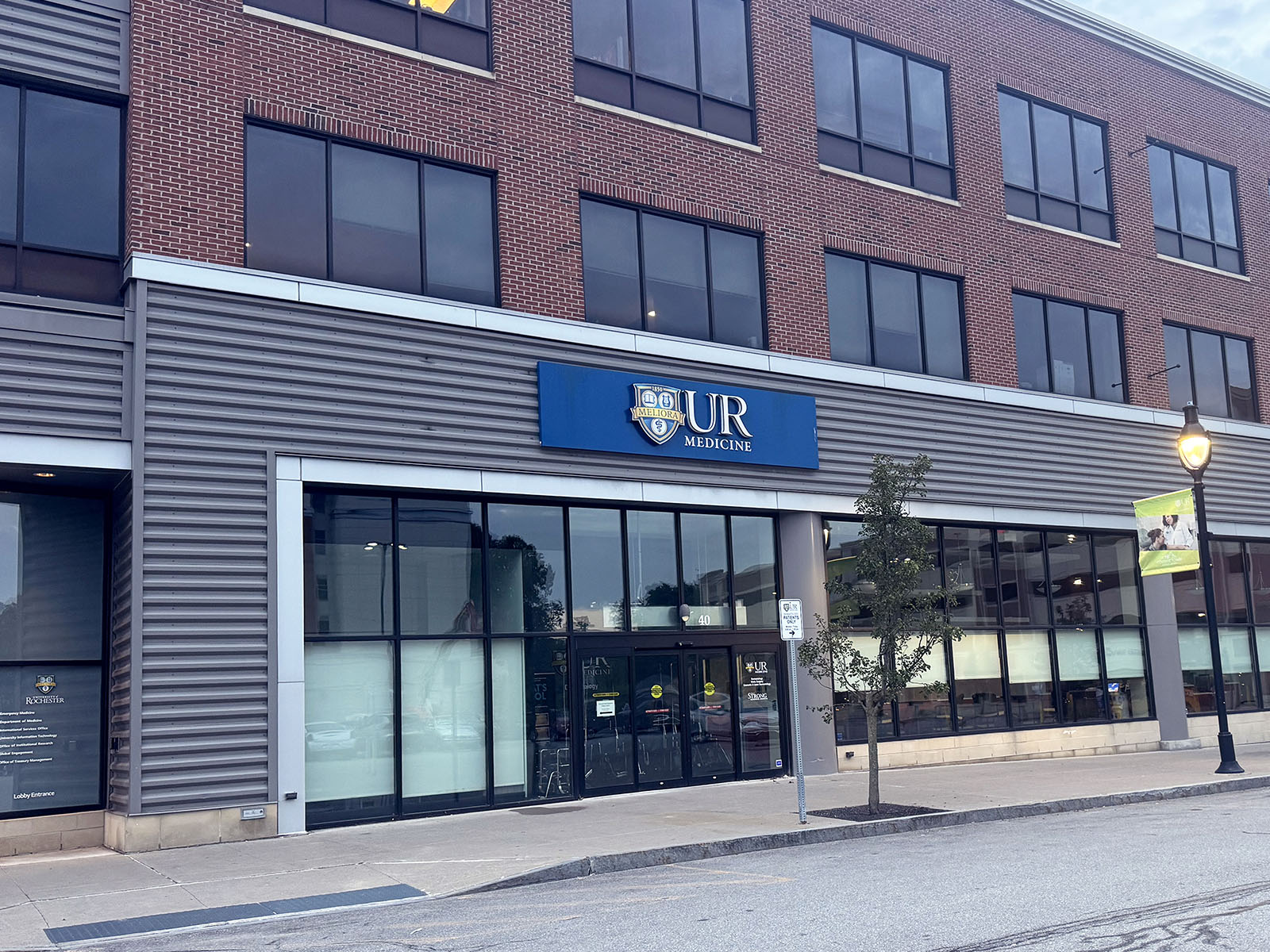Mohs Surgery
Make Appointments & Get Care
What is Mohs Micrographic Surgery?
Mohs Surgery (officially, Mohs Micrographic Surgery) is a specialized technique to remove sequential, horizontal layers of skin cancer.
It is typically used for skin cancers that:
- Are large and difficult to treat with other therapies
- Are located in high-risk areas such as the nose, ear, lip, or around the eye
- Show an aggressive or infiltrative growth pattern when viewed under a microscope
- Are recurrent
UR Medicine's Approach
Mohs Surgery requires a team of highly trained and specialized medical personnel, including a dermatologic surgeon, nurse, and histo-technician.
Our team of highly trained and specialized medical personnel, work together to perform the Mohs Surgery. Most commonly, it is used to treat skin cancers in large high-risk areas, those with aggressive or infiltrative growth patterns, or those that are hard to treat with other treatments.
In addition to ensuring total removal of the cancer, Mohs Surgery preserves as much normal healthy skin and tissue as possible. The success rate in treating recurrent and/or aggressive cancers is 95% or better.
What Sets Us Apart?
The complexity of the procedure and the rigorous training required have traditionally limited the number of Mohs surgeons nationwide.
At the UR Medicine Division of Mohs Micrographic Surgery and Cutaneous Oncology, procedures are performed by a specialized dermatologic surgeon who serves as both surgeon and pathologist—a doctor who identifies disease by studying cells and tissues under a microscope.
Mohs dermatologic surgeons have had subspecialty surgical training in this technique. Our surgeons have completed medical school, an internship, and three years of dermatology residency. They are then accepted into a competitive fellowship where special instruction in the procedure is offered. Our team of Mohs surgeons have many years of experience performing Mohs procedures.
Learn about our Mohs Surgery and Dermatologic Oncology Fellowship
FellowshipLocations
View All LocationsWe serve you in the Rochester metropolitan area and surrounding region.
View All Locations2 locations
College Town
40 Celebration Drive
Rochester, NY 14620
Red Creek (Calkins Corporate Park)
400 Red Creek Drive, Suite 200
Rochester, NY 14623

